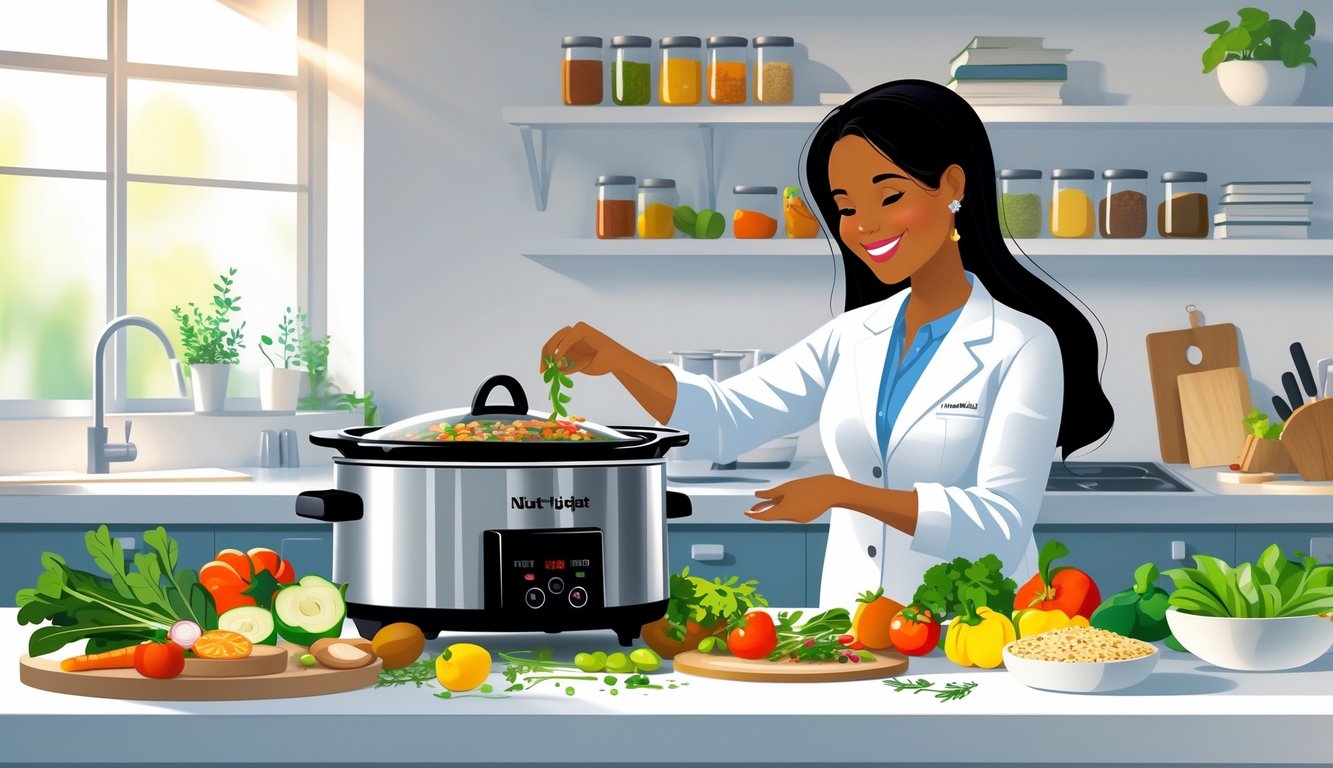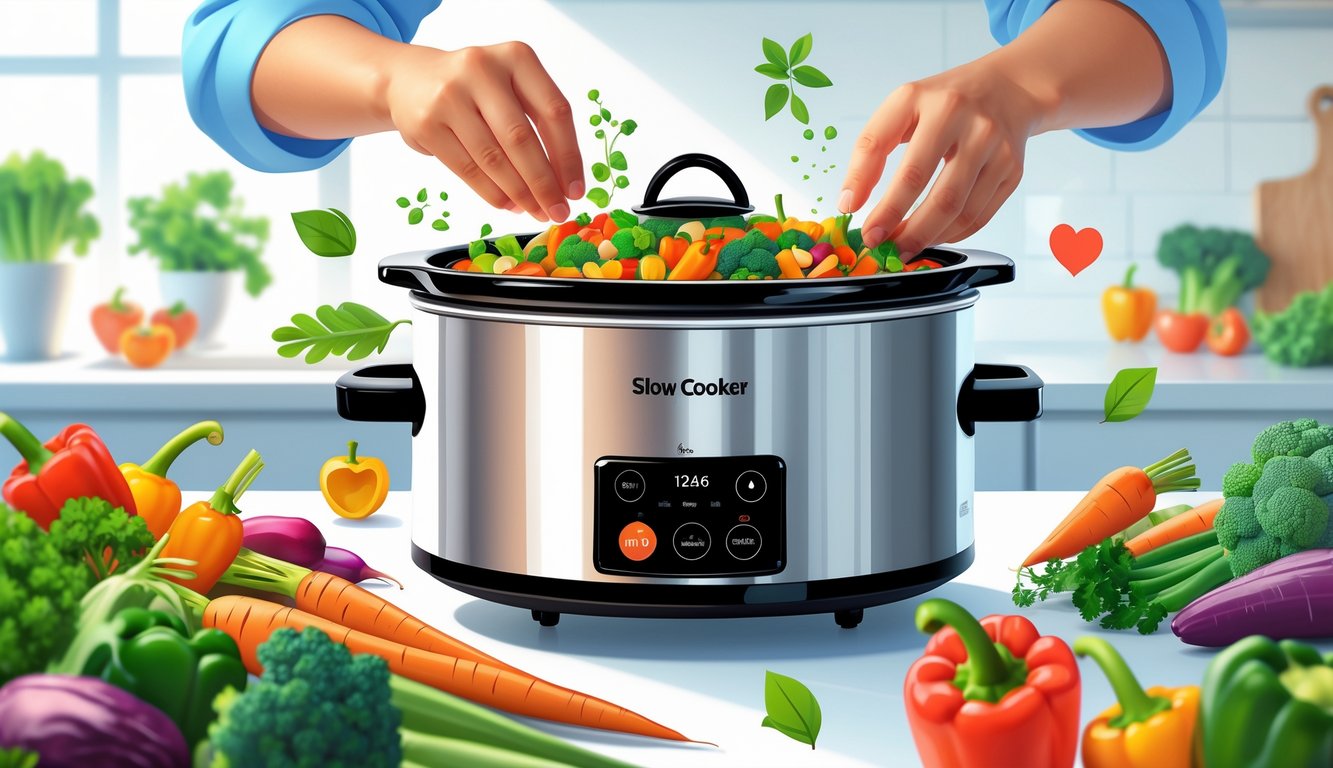
Real Slow Cooker Hacks for Actually Tasty, Nutritious Food

I keep dumping everything in the crockpot, hoping it’ll taste like a restaurant meal, but it usually tastes like my shopping list melted together. Turns out, ingredient order matters. Also, slow cooker liners are a thing—why did I resist for so long?
Layering Isn’t Just for Instagram
Every “easy” recipe online skips over the part where onions taste like glue if you just throw them on top. Dietitians and every chef I know say: dense stuff—root veggies, beans—go on the bottom. Otherwise, you get crunchy carrots and raw potatoes.
After that, pile on herbs, garlic, then protein. Fattier cuts (chuck roast, chicken thighs) are just better—juicier, and apparently, they release more nutrients into the broth (Pampered Chef says so). Reddit swears leafy greens at the start equal disaster. I dumped kale in at the beginning once and ended up with green sludge. My cousin (she’s a dietitian) says toss in spinach or collards near the end—otherwise, you lose the vitamins and get weird green soup. Why do box recipes ignore this? No idea.
Slow Cooker Liners: I Was Wrong
I used to think slow cooker liners were for lazy people. Joke’s on me—they’re the only reason I make soup for guests now. Most are food-safe, BPA-free nylon (read the label, FDA has thoughts), so you’re not melting plastic into your stew.
They’re not just for lazy cleanup. If you meal prep (and every nutritionist seems to), liners keep flavors from crossing over—no mystery chili taste in tomorrow’s oatmeal. Allergies? Even more important. Don’t reuse them (I tried, big mistake). There’s a whole list of liner hacks: steaming, side dish dividers, even prepping freezer meals right in the liner. Ever scraped burnt cheese off stoneware? Don’t.
Classic Slow Cooker Mistakes I Still Make
Every time I haul out my slow cooker, I panic about overcooking nutrients and dread cleaning up the weird condensation puddle. Ignore the lid for five minutes or overstuff the pot, and it’s a mess. People keep making these mistakes—including me, until I finally caved and started reading chef blogs at 1am.
How to Avoid Overcooking
Dry beans, rubber chicken breast, sad tofu—let’s not kid ourselves, overcooking is a textural nightmare. I mean, a dietitian once told me the only thing between a passable stew and a bowl of flavorless sludge is, like, twenty minutes and a splash too much water. But try telling my cousin that—he’ll just mutter about “better safe than sorry” and keep the thing bubbling until even the carrots give up. Oh, and apparently, overfilling your slow cooker means nothing inside cooks right. Who knew? Not him.
I set timers, I peek, I get cocky and crank it to high for “just an hour”—and then, surprise, dinner’s a chewy mess. So much for shortcuts. America’s Test Kitchen claims the secret is layering—roots and potatoes at the bottom, delicate stuff on top. I keep meaning to try it, but honestly, I’m not risking the overnight auto-warm setting. (Does anyone trust that? Not me.) Last week I lost three cups of rice to the “just a few more minutes” curse. It became glue. Classic.
Importance of Keeping the Lid On
I crack the lid to “check” and instantly regret it—steam billows, temp plummets, sauce splits, game over. My mom does it too, like if she’s fast enough it doesn’t count. Sorry, physics always wins. Lift the lid and you’re adding at least half an hour to the cook time, sometimes more. Why do we all pretend we don’t know this?
I saw some chef on TikTok ranting about “evaporative loss”—never finished the video, but the point stuck. That glass lid? It’s not optional. Slow cookers aren’t magic; open them and the temp nosedives, which is bad news if you’re cooking stuff like pork or ground beef. Bacteria risk jumps. Not that any of my fancy gadgets have ever rescued a meal once the steam escapes and doesn’t come back.
Controlling Condensation and Moisture
Every time, puddles on my counter—shouldn’t the slow cooker trap moisture? Guess not, especially if you dump in frozen veggies. Snatchrecipes and OvenSpot keep warning about this, and, yeah, they’re right. Thick sauces (Greek yogurt, tomato paste, whatever’s not watery) help way more than tossing in flour, which just goes lumpy.
I started putting a clean dishtowel under the lid (thanks, random British YouTuber) when I want thick curries or stews. Works shockingly well. Most people still end up with watery chili and act surprised when it never thickens. My slow cooker hasn’t fixed my paranoia about soupiness, but at least my dhal doesn’t swim anymore.



